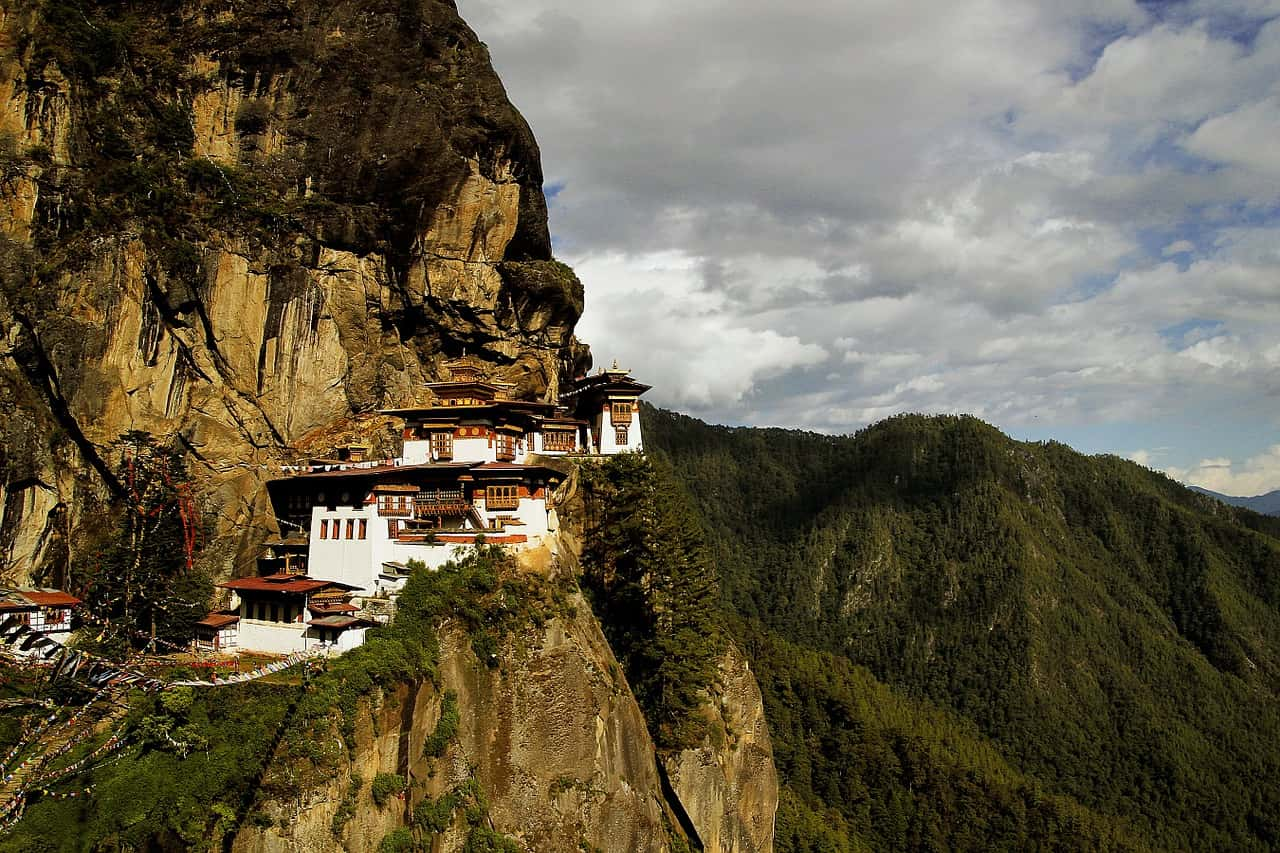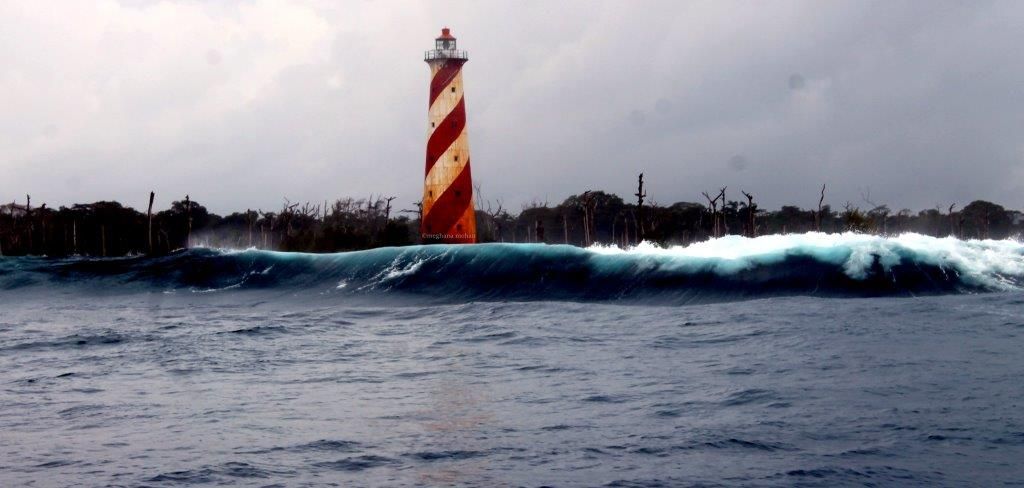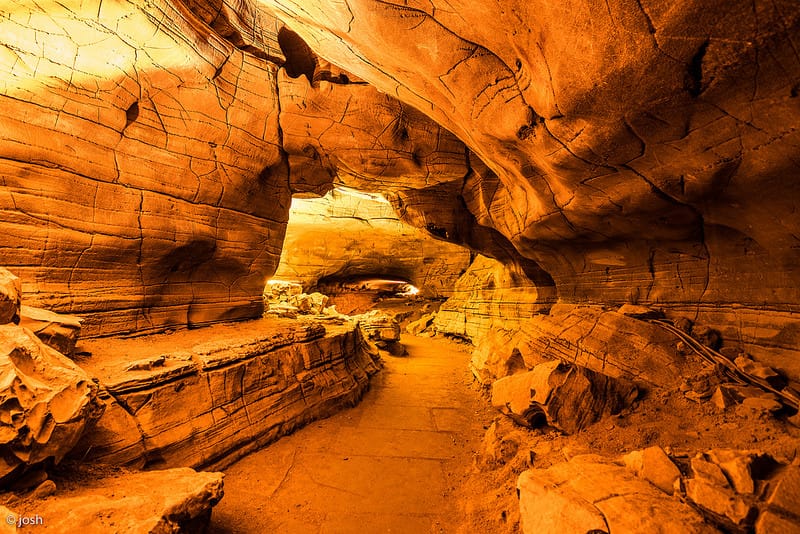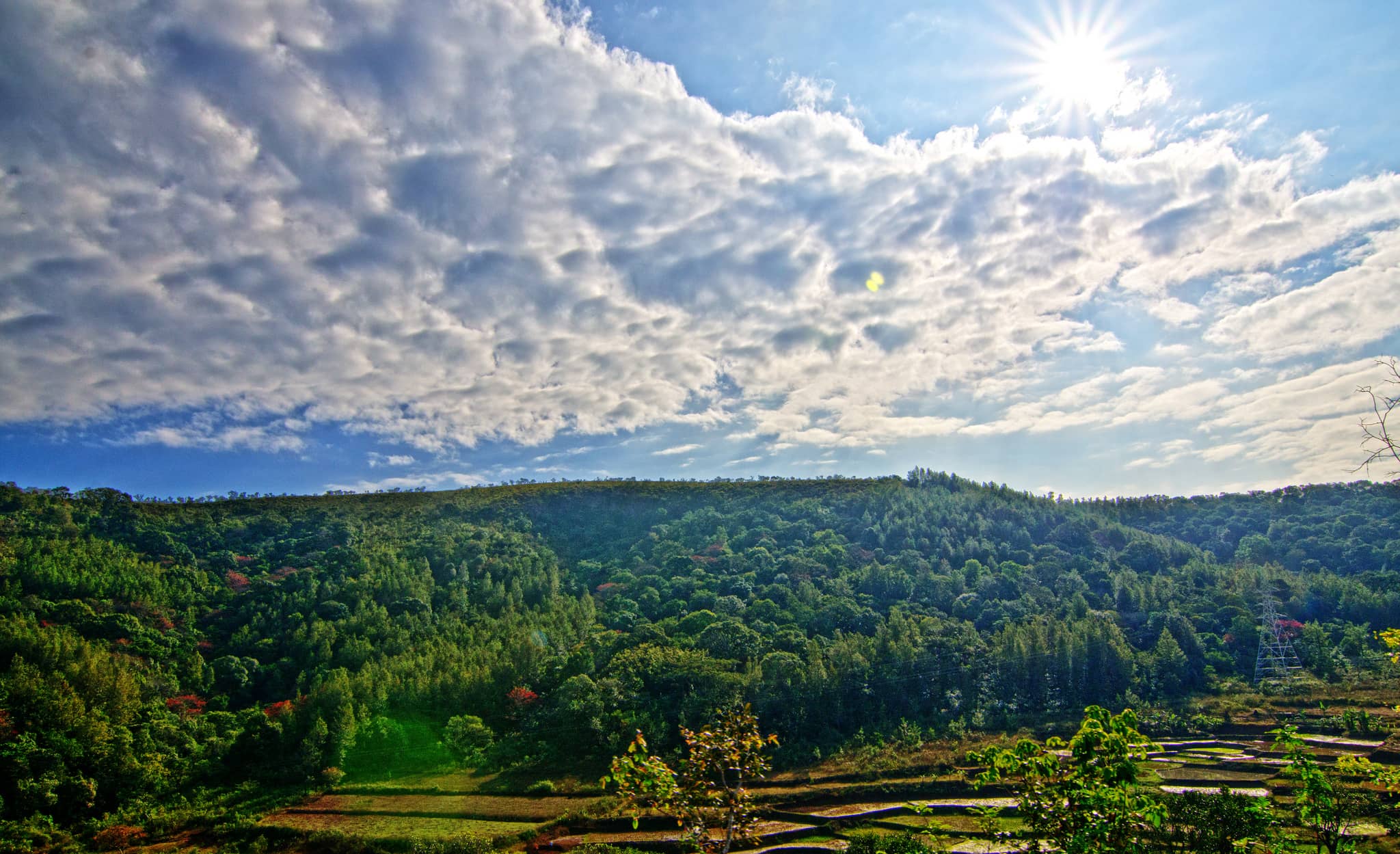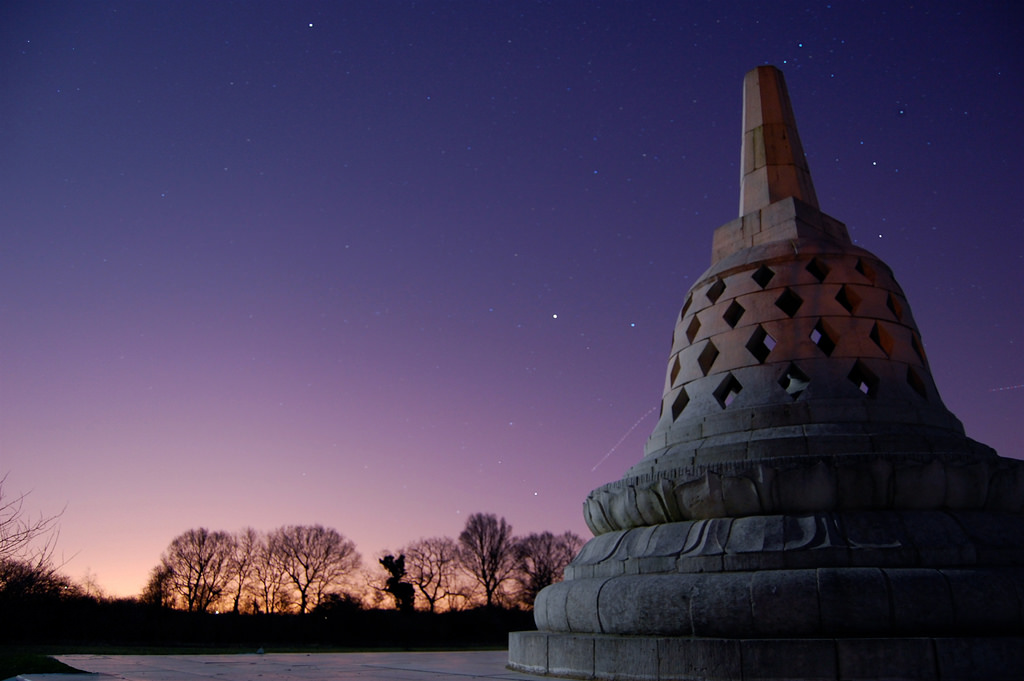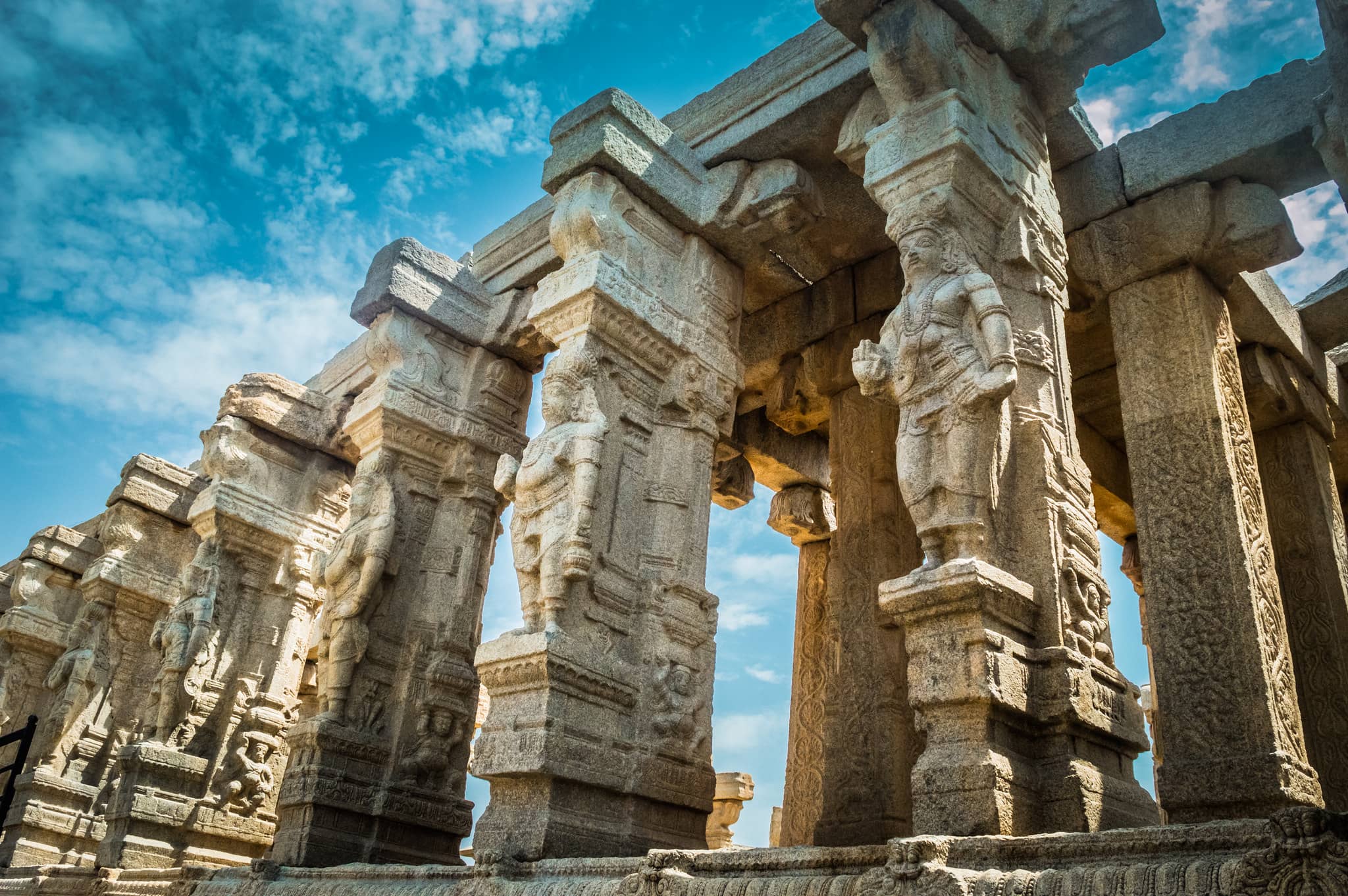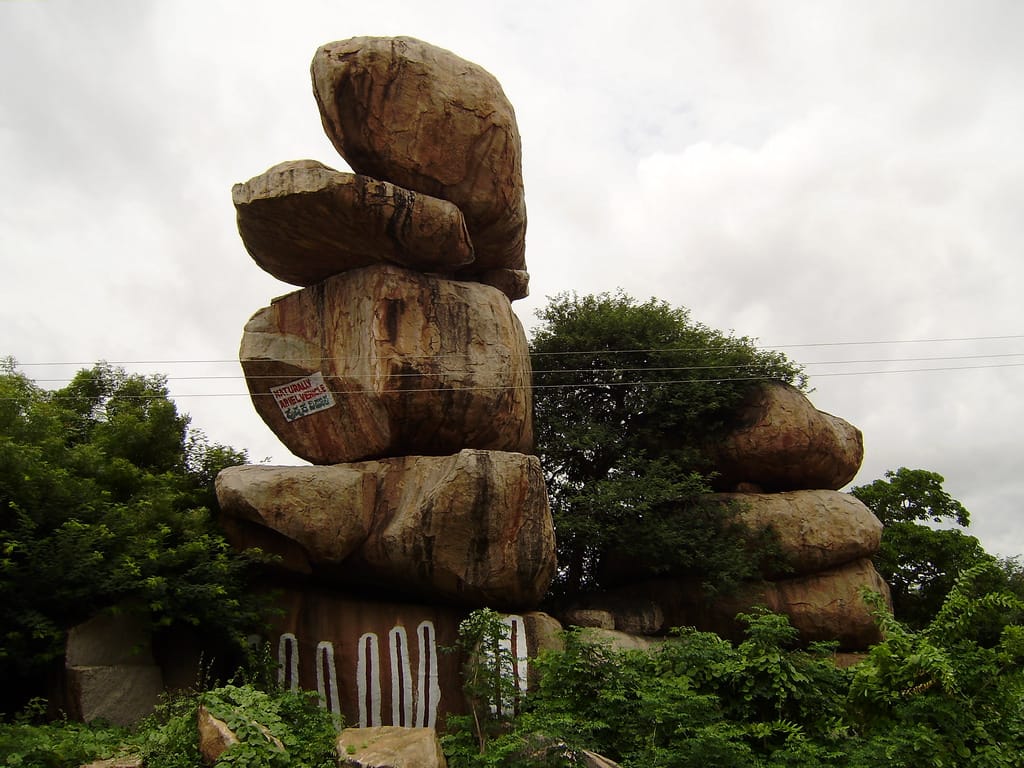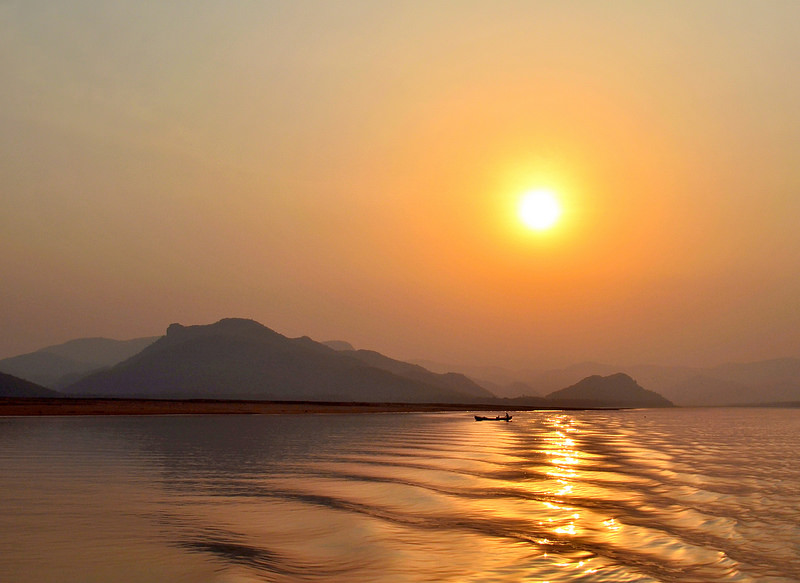Bhutan, known as the Kingdom of Bhutan, is a small country in South Asia, located in the Eastern Himalayas.
It does not have any coastline and is surrounded by land on all sides.
To the north, Bhutan shares a border with China, and to the south, east, and west, it borders India.
Nepal lies to the west of Bhutan, but the Indian state of Sikkim lies in between them.
Further south, the Indian states of Assam and West Bengal separate Bhutan from Bangladesh.
Thimphu is the capital and largest city of Bhutan.
Phuntsholing, a town near the Indian border, is the country’s main financial and trading center.
places to visit in Bhutan
Paro Taktsang

Paro Taktsang, also known as the Tiger’s Nest, is a monastery perched on a cliff.
It’s famous for its sacred caves, where monks once meditated.
The monastery is beautifully decorated with intricate art and temples.
It’s a popular site for both spiritual seekers and hikers.
The view from the monastery overlooks the lush Paro valley.
Reaching it requires a scenic and challenging hike up the mountain.
Manas National Park
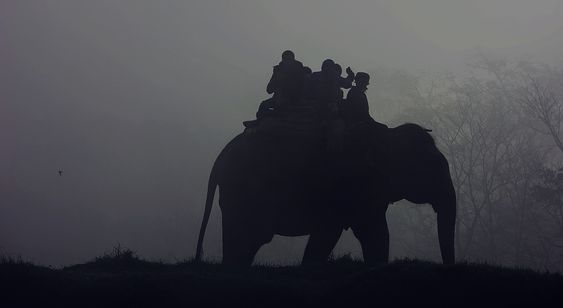
Manas National Park is a large wildlife reserve in Bhutan.
It is home to rare animals like Bengal tigers, elephants, and rhinos.
The park is a sanctuary for these protected species and other wildlife.
Its vast landscape includes forests, grasslands, and rivers.
The park is a UNESCO World Heritage site for its biodiversity.
It offers opportunities for nature walks and wildlife spotting.
Punakha Dzong

Punakha Dzong is a grand fortress located beside a river in Bhutan.
It was built in the 17th century and is known for its impressive architecture.
The dzong is still used for religious and administrative purposes.
It has beautiful courtyards, chapels, and shrines inside.
The peaceful setting and river views make it a popular spot for visitors.
It also holds the annual Punakha festival, attracting many tourists.
Tashichho Dzong
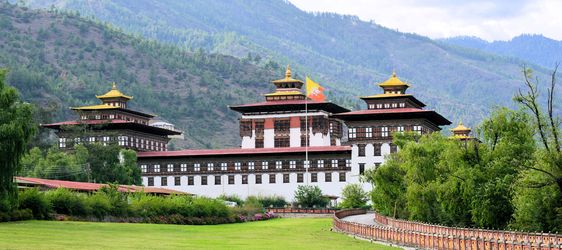
Tashichho Dzong is a large Buddhist monastery and fortress in Thimphu.
It has several shrines and flower gardens within its grounds.
The dzong is also the seat of the Bhutanese government.
It offers stunning views of the city and surrounding hills.
The architecture is beautiful, with traditional Bhutanese designs.
Visitors can explore its spiritual and historical significance.
Gangteng Monastery

Gangteng Monastery was founded in 1613 and belongs to the Nyingma school of Buddhism.
It is the only monastery of its kind west of Bhutan’s Black Mountains.
The monastery is known for its peaceful setting and spiritual importance.
It plays a central role in religious ceremonies and festivals.
Monks continue to live and practice here, maintaining traditions.
It is a serene place with panoramic views of the surrounding valley.
Rinpung Dzong
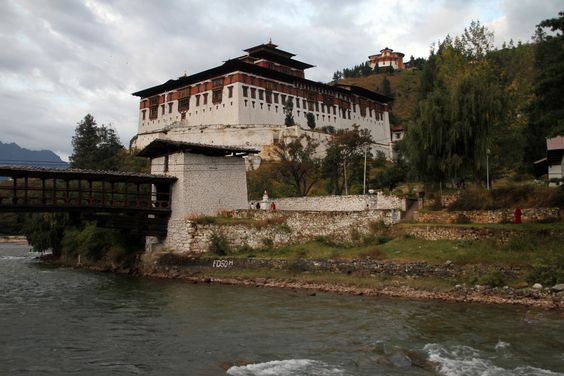
Rinpung Dzong is a Buddhist fortress located in Paro, Bhutan.
It features beautiful shrines, chapels, and impressive wall paintings.
The dzong’s architecture is grand and typical of Bhutanese design.
It’s used for both religious ceremonies and government functions.
Visitors can admire the stunning views and cultural treasures inside.
Rinpung Dzong is also known for hosting an annual festival.
National Museum of Bhutan
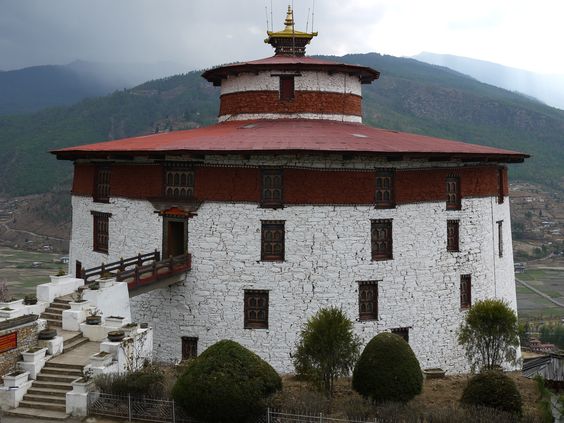
The National Museum of Bhutan is housed in a historic 17th-century watchtower.
It showcases Bhutanese culture with statues, paintings, and other artworks.
The museum provides insights into the country’s history and traditions.
It is a great place to learn about Bhutan’s past and cultural heritage.
The building’s unique circular shape makes it stand out.
It is located near the center of Paro and attracts many tourists.
Motithang Takin Preserve

Motithang Takin Preserve is a wildlife reserve in Thimphu, Bhutan.
It is home to the takin, the national animal of Bhutan, which resembles a goat-antelope.
The preserve has trails for walking and exploring the natural surroundings.
The takin are often seen in the reserve, grazing peacefully.
It’s a quiet and scenic place to observe wildlife in its natural habitat.
The preserve is a must-see for nature lovers and animal enthusiasts.
Simply Bhutan
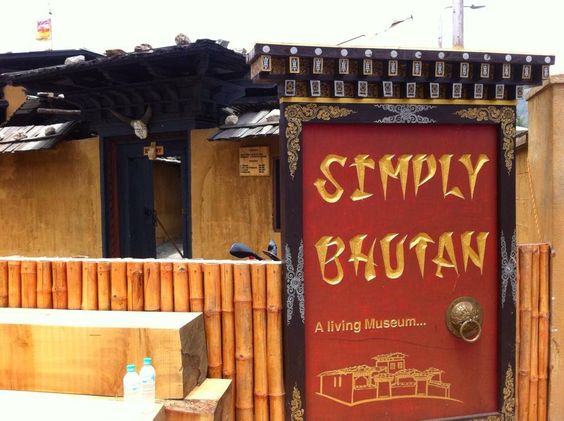
Simply Bhutan is a living museum that brings Bhutanese culture to life.
It is set up like a traditional village, where visitors can experience local customs.
Guests can try Bhutanese food, watch traditional performances, and see crafts being made.
The museum offers demonstrations of cultural practices, from weaving to cooking.
It’s an interactive and educational experience for visitors of all ages.
Simply Bhutan provides a deep understanding of Bhutanese heritage and way of life.
Bhutan Textile Museum

The Bhutan Textile Museum in Thimphu showcases the country’s rich weaving tradition.
It is located near the National Library of Bhutan.
The museum features traditional Bhutanese fabrics, including beautiful hand-woven textiles.
Visitors can learn about the history and techniques of textile production in Bhutan.
It is an important place for preserving Bhutan’s textile heritage.
The museum provides a closer look at the cultural significance of textiles in Bhutanese life.
Top destinations in Bhutan
Thimphu
Thimphu is the capital and the largest city of Bhutan.
It is located in the western-central part of the country, in the Thimphu valley.
The city sits along the banks of the Thimphu Chu river and is surrounded by beautiful hills.
Thimphu is home to the Bhutanese Royal Family, the government, and foreign embassies.
It is the most modern city in Bhutan, with plenty of restaurants, cafes, nightclubs, and shopping centers.
Despite its modern development, Thimphu maintains its cultural traditions and values.
Paro
Paro is a stunning valley in Bhutan, known for its natural beauty.
It is one of the top tourist spots in the country, with lush landscapes and peaceful surroundings.
Historically, Paro was an important hub for trade routes to Tibet.
The valley is home to many cultural and religious sites, including the famous Tiger’s Nest Monastery.
It’s a popular destination for visitors who want to experience Bhutan’s rich history and culture.
Paro is also known for its unique blend of traditional and scenic charm.
Punakha
Punakha was once the capital of Bhutan and is still the winter seat of the Je Khenpo, Bhutan’s chief monk.
The Punakha valley has a mild climate, thanks to the Pho Chhu and Mo Chhu rivers.
The fertile valley produces a variety of crops and fruits throughout the year.
From Dochula Pass, along the road between Thimphu and Punakha, you can enjoy stunning views of the distant Himalayas.
Punakha is known for its historical significance and breathtaking natural beauty.
It remains an important cultural and religious center in Bhutan.
Best time to visit Bhutan
Bhutan is a great place to visit any time of the year.
The best time to go is from October to December when the weather is clear, and the skies are sunny.
January and February are colder, but from February to April, the weather is dry and pleasant.
During late spring, the Rhododendron flowers bloom beautifully, coloring the valley.
Spring and autumn are the best seasons to visit, with spring being ideal for flower lovers.
The monsoon season runs from June to September, bringing heavy rain to the mountains.
If you want to see the rare black-necked cranes, visit Phobjikha Valley from late October to mid-February.
Autumn is also a great time for festivals, such as the Tour of the Dragon and Thimphu Drubchen.
Try to avoid the warm months from May to September, as it can get hot, but these months offer lush green forests and rice fields.
This is a good time for quiet travel with lower hotel prices.
In December, the weather is cool but not too cold, and it’s a good time to enjoy the clear skies without the extra costs.
Paro and Thimphu might see some snow in January or February, but it usually lasts only a day.
